Govt to probe landslide cause as 76 still missing
Runaway dumping of construction waste likely posed risks
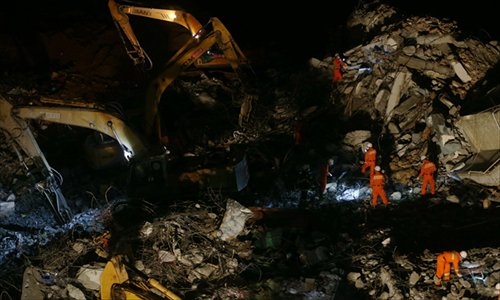
Rescuers work into the night searching for signs of life in the debris of a landslide in Shenzhen on Monday. At least 76 were missing on Tuesday after the landslide hit an industrial park on Sunday.
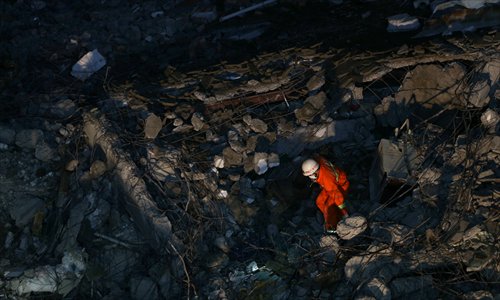
Photos: Cui Meng/GT

Residents nearby watch rescuers working on the site.
The number of missing people in a massive landslide in Shenzhen, Guangdong Province stood at 76 on Tuesday as State authorities and local governments vowed to look into the cause of the tragedy.
Authorities revised down the number of missing people from 85 to 76 on Tuesday. Among the remaining missing people, 51 are male and 25 are female, according to Liu Qingsheng, deputy mayor of Shenzhen.
The disaster happened when a collapse of a huge pile of construction waste struck the Hengtaiyu industrial park at around 11:40 am Sunday.
At least 16 people were hospitalized, including children.
Shenzhen's deputy mayor, Liu Qingsheng, declined to comment when asked by reporters what had caused the landslide at a press conference.
But the preliminary investigation by geological hazard specialists concluded that the landslide was caused by man-made construction waste, according to the official Sina Weibo account of the Ministry of Land and Resources.
The landslide covered 380,000 square meters of silt 10 meters deep. As of Monday, more than 400 special vehicles and nearly 3,000 rescuers have been involved in the search and rescue efforts, according to the Xinhua News Agency.
Liu Guonan, a geologist from the China Academy of Railway Sciences who participated in the rescue efforts, told the press conference on Monday that the scale of the landslide was unseen in his 30-plus-year career.
"It is very rare to see a landslide of this scale in an urban area … Domestically this is the first time," Liu said.
He noted there was still a considerable amount of difficulty in the rescue work as the soil body left by the landslide contains a lot of water, making it difficult for rescuers and machinery to operate.
A nearby natural gas pipeline burst following the landslide, cutting off the gas supply to neighboring Hong Kong. PetroChina, the operator of the pipeline, emptied the 400 meters of ruptured pipe and is considering a temporary replacement.
Overdue risks
The landslide took place at an old quarry, which has been used as a storage site for construction waste.
A nearby resident surnamed Liu told the Global Times that the pile of dirt has been sitting in the quarry for more than three years and he has witnessed trucks unloading construction waste day and night.
He said the pile had grown to some 90 meters high before it collapsed and hit the Hengtaiyu Industrial Park.
Local residents had repeatedly reported the site to authorities but their complaints fell on deaf ears, China Business Journal reported.
The Shenzhen government was also warned of the potential risks in an article published in the Shenzhen Evening News in October last year.
The article, with the subtitle "The crisis of Shenzhen's construction waste management," said Shenzhen generates 30 million cubic meters of construction waste per year and the city has already run out of storage sites to keep it.
Shenzhen, which was at the forefront of China's reform and opening-up more than three decades ago, is one of China's fastest expanding cities. According to the Shenzhen Rail Transportation Plan 2012-2040, the city plans to build 20 subway lines by 2040, totaling 1,080 kilometers.
In comparison, the London Underground has only 11 lines with a total length of 402 kilometers.
It is unknown how the city plans to dispose all the construction waste generated by the development of its transportation network.
As of Monday, Shenzhen authorities have launched a comprehensive safety overhaul of seven other construction waste dumps in the city.
The State Council, China's cabinet, dispatched a team of senior officials and experts, led by State Councilor Wang Yong, to Shenzhen on Monday to oversee rescue work.
According to National Business Daily, Shenzhen Lüwei Property Management Limited won the bid to operate the quarry-turned waste storage site from the local government in 2013. Lüwei later transferred the operation to another company called Yixianglong.
Neither of the companies could be reached by the Global Times by press time on Monday.
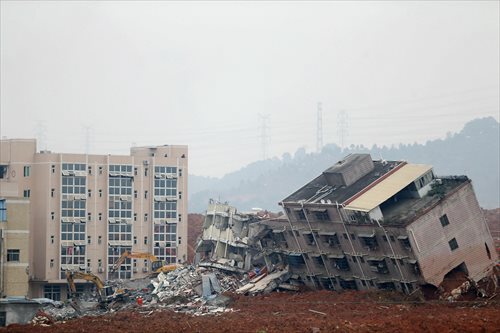
Photo: Cui Meng/GT
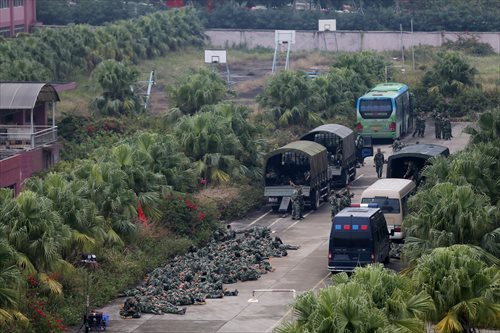
Photo: Cui Meng/GT
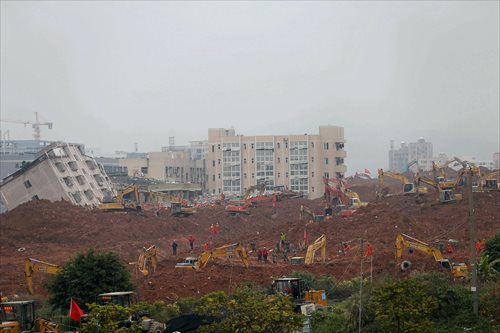
Photo: Cui Meng/GT
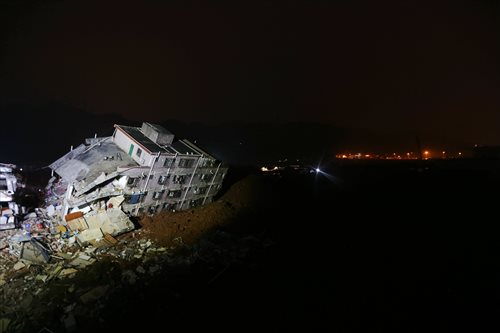
Photo: Cui Meng/GT
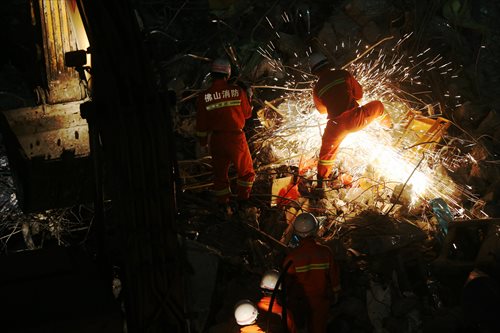
Photo: Cui Meng/GT
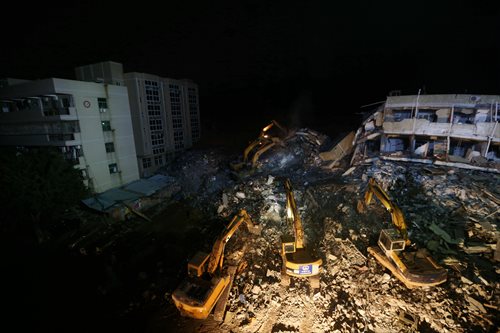
Photo: Cui Meng/GT
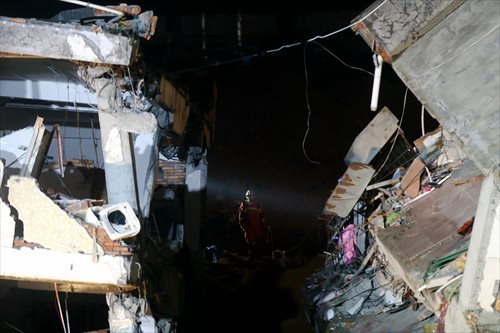
Photo: Cui Meng/GT
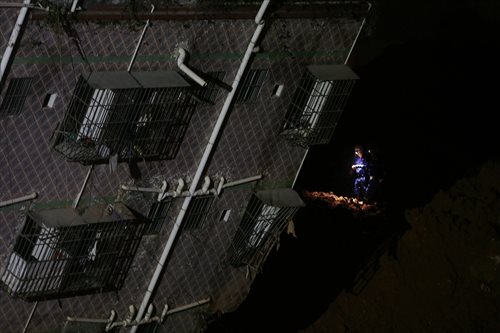
Photo: Cui Meng/GT
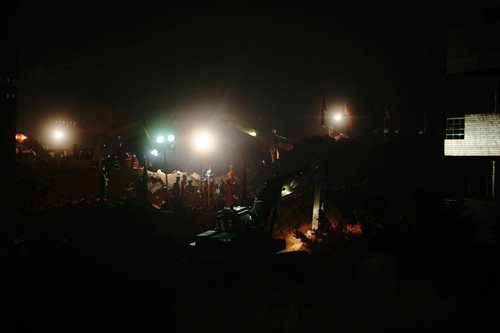
Photo: Cui Meng/GT
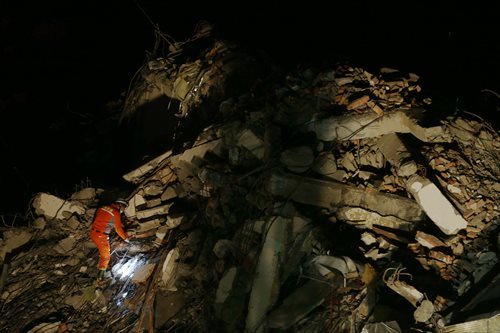
Photo: Cui Meng/GT
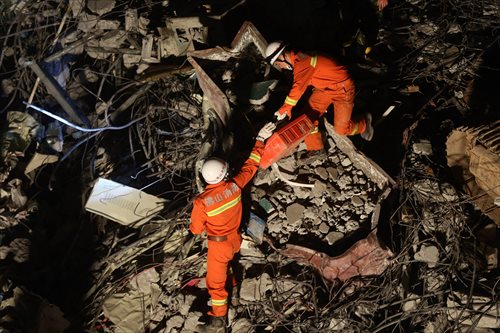
Photo: Cui Meng/GT
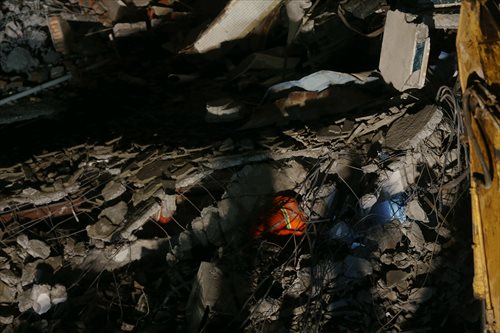
Photo: Cui Meng/GT
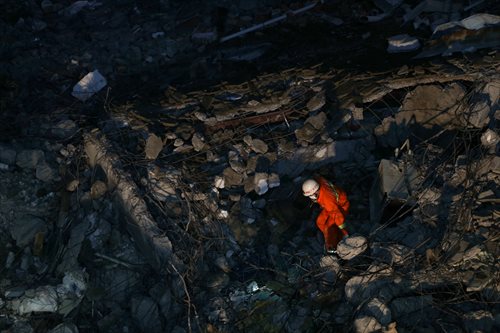
Photo: Cui Meng/GT
Xinhua contributed to this story